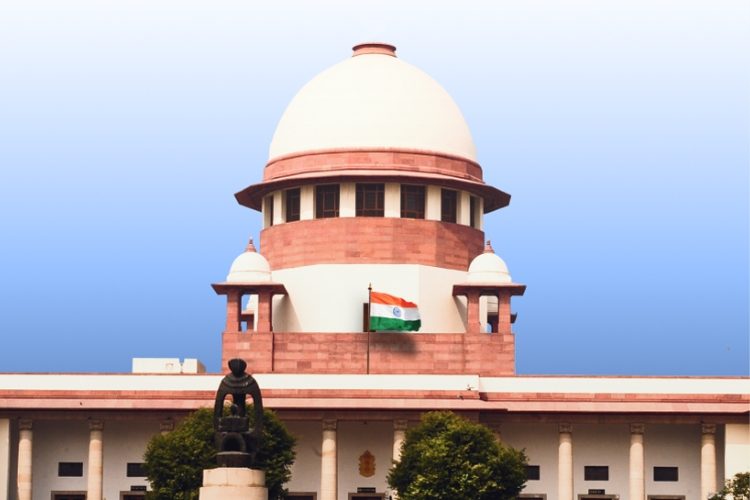The Chief Justice leads the Supreme Court, the top court in India. This role is key to protecting justice and the Constitution. But how is the Chief Justice of India picked? According to Article 124(2) of the Constitution, the President appoints judges to the Supreme Court. The CJI is the seniormost Supreme Court judge, according to the convention.
The Law of Seniority
Traditionally, the senior-most judge of the Supreme Court becomes the new Chief Justice. Seniority is determined by the date of appointment to the Supreme Court and not by age. Such measures ensure some degree of independence for the judicial branch from political pressures.
The Nuts and Bolts of an Appointment
Recommendation: The current Chief Justice suggests the name of the next Chief Justice to the Government.
Government Acceptance: The Law Minister communicates the recommendation to the Prime Minister.
Presidential Appointment: The President formally appoints the new Chief Justice.
These steps conform with the provisions enumerated in Article 124(2) of the Constitution of India. Artistic example would be Justice Sanjiv Khanna.
Justice Sanjiv Khanna became Chief Justice for 51st time on November 11, 2024, after Justice D.Y. Chandrachud retired. He was appointed according to the seniority tradition. Justice Khanna's term is until May 13, 2025.
Collegium System
India adopted the collegium system for the appointment of judges. The body comprises the CJI and four senior-most judges of the Supreme Court. They together decide the appointments and transfers in the higher judiciary. The system, although it has no place in the Constitution, has emerged through judicial pronouncements.
Exceptions to the Rule
The tradition of seniority stood its ground; however, exceptions had occurred. In 1973 and 1977, the CJI's appointments were threatened by a political path as the senior-most judges were skipped for these appointments, with debates on judicial independence hitting the mainstream.
Conclusion
How India gets its Chief Justice is backed by traditional practices that are still able to strive hard for the independence of the judiciary. This system, despite flaws, is one of the key pillars in sustaining the rule of law in the country.


.webp)



.webp)
.webp)